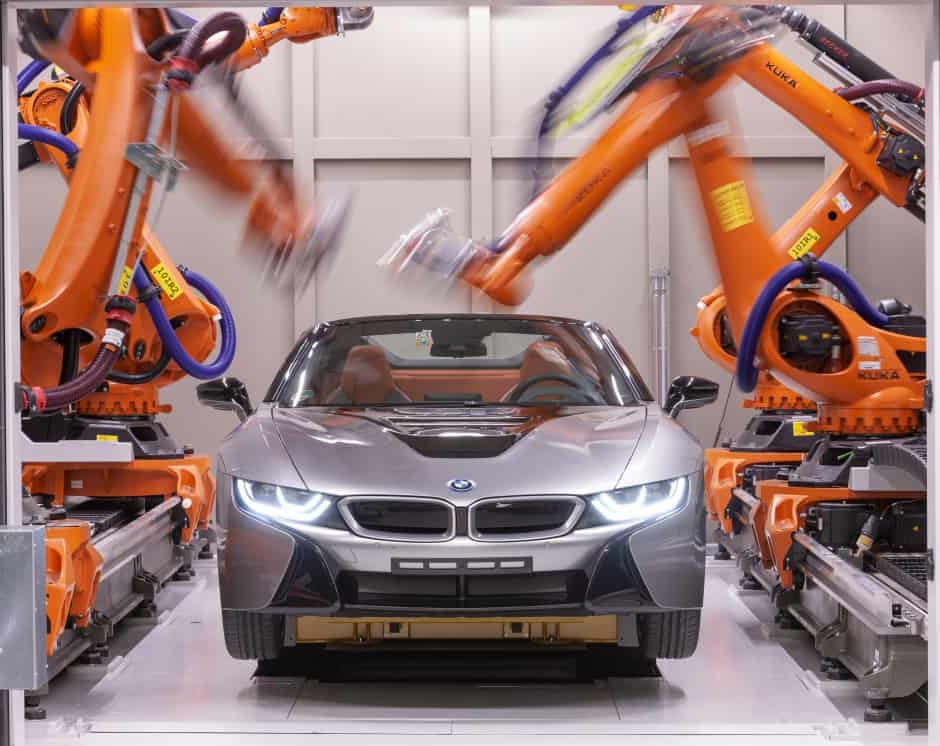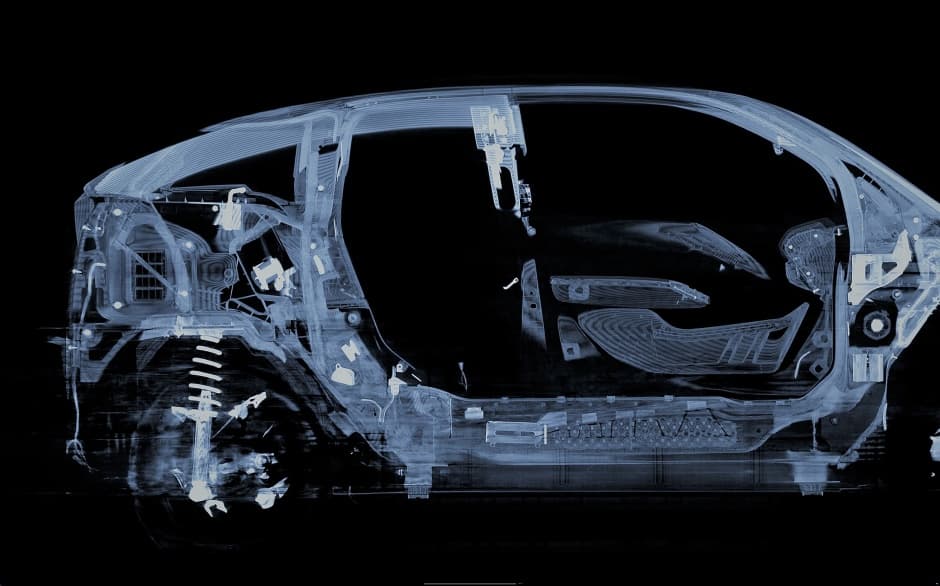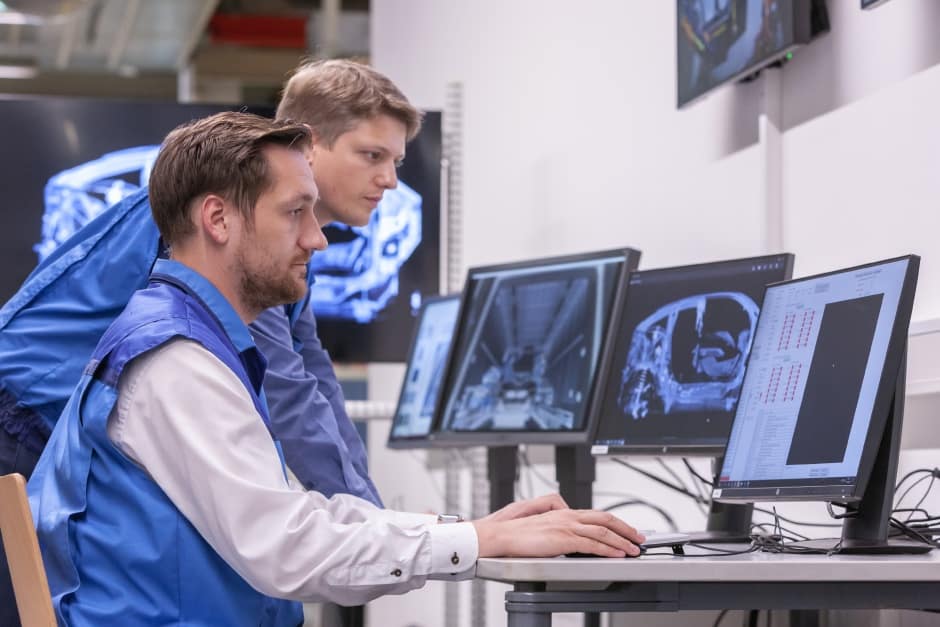
The company claims that the technique – which uses a team of coordinated robots to perform detailed CT scans of vehicles and components - is the only one of its kind in the automotive industry.
Until now, vehicles have had to be dismantled for analysis, but CT allows checks to be carried out with the vehicle completely intact. The new X-ray system is based in the BMW Group Pilot Plant in the Research & Innovation Centre (FIZ) in Munich, at the intersection between Development and Production.

Commenting on the system - which was developed in collaboration with the Fraunhofer Development Centre for X-Ray Technology (EZRT) - Udo Hänle, BMW’s head of Production Integration and Pilot Plant said: “We can now analyse our prototypes in minute detail without having to dismantle them first. Ultimately, this will enable us to integrate new technologies into a series vehicles even faster.”
Although the firm has been using CT and X-ray scans to check vehicle parts for a number of years, the latest system takes this capability to a new level, and enables engineers to analyse vehicles right down to micro-metre level.

This degree of detail is required for a range of reasons, for instance to check welds and punch screw connections, and to verify body condition before and after painting, where extreme temperatures can affect adhesive bonds. Findings from the scan are then used as a basis for making targeted modifications to series production.
The scan itself is performed by four coordinated robots. Once the vehicle is in position in the system, the robots move around it. Working in pairs, they send X-rays through it and across to their counterparts. The data they collect is then put through a specially developed computer program that calculates a multi-layered, three-dimensional image. This forms the basis for a detailed analysis of the internal workings of the vehicle, offering information on objects as small as 100 micro-metres – approximately the width of a human hair.
Engineers are currently carrying out research to establish how far Artificial Intelligence might be used to evaluate findings. By processing large amounts of data, the software can learn the many different patterns that occur, link individual items of data, and gradually evaluate findings automatically.




Poll: Should the UK’s railways be renationalised?
I think that a network inclusive of the vehicles on it would make sense. However it remains to be seen if there is any plan for it to be for the...